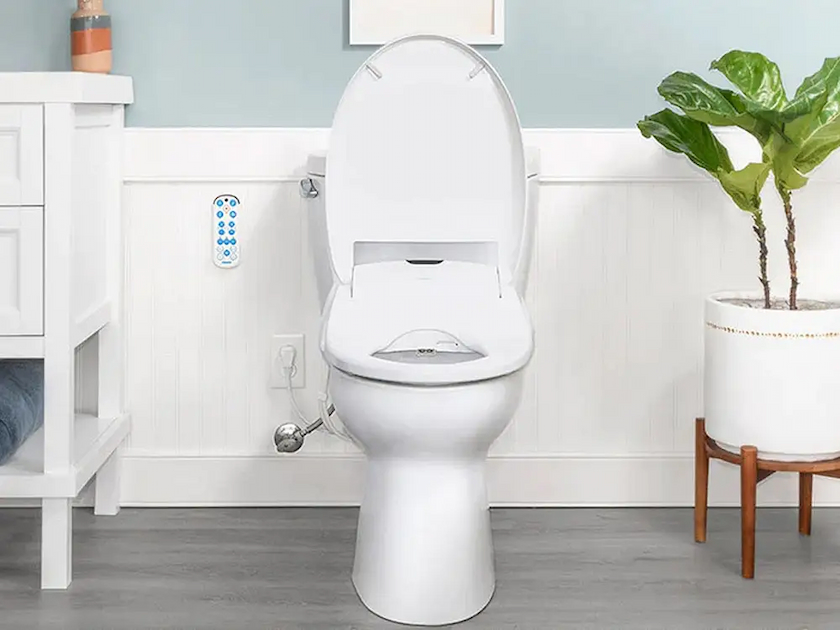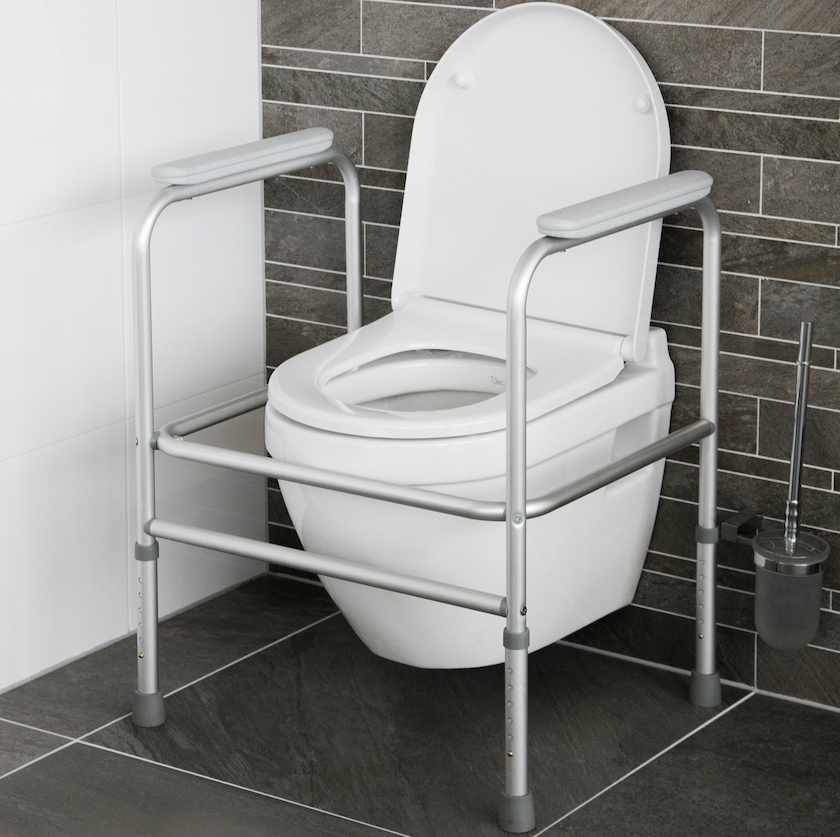Toilet Assistance Products Guide: Make the Trip to the Bathroom Easier
Using the bathroom can be challenging when you suffer from certain medical conditions. Whether you’re simply standing or going up from a seated position, you’re at risk of losing your balance and falling over. No one is particularly fond of discussing toilet matters; however, you should consider getting the right tools to simplify your trips to the bathroom. Here are four practical bathroom accessories for people with disabilities:
1. Disabled Toilet

Source: insider.com
Choose from these high-quality disabled toilets available in a range of styles and sizes to suit any bathroom. These appliances are specially designed for individuals with mobility impairments or other disabilities. They include many helpful features, including:
- Seats that are higher than normal;
- Compatibility with various disability accessories;
- Smaller than regular toilets;
- They have bidet features.
What Should You Look for in a Disabled Accessible Toilet?

Source: ableamsterdam.com
Size
Pick a smaller toilet that will make it easier for you to move around the bathroom. To maximise your bathroom space, choose a wall-mounted accessible toilet. Making the most out of your space might also depend on the bowl’s shape. Compact bowls, whether round or square, often take up less room than elongated bowl models. Every inch matters in disabled bathrooms!
Weight Capacity
Before buying, check the maximum weight restriction for the model you’ve chosen. The disabled toilets come in a variety of designs and support anywhere from 150 kg to 450 kg of vertical force. If any of your household members or guests have bariatric needs, make sure that the toilet can withstand his/her weight.
Height
Some people automatically assume that higher seats are better, but that isn’t always the case. For shorter people, kids, and certain wheelchair users, higher seats can be uncomfortable. Choose a disabled toilet with a seat that’s high enough to allow easy access, yet low enough to let you put your feet flat on the floor when seated.
Easy Maintenance
A wall-mounted toilet is a fantastic option if you struggle to bend over and reach low places or dislike the chore of cleaning behind and around a typical floor-mounted toilet. It’s considerably easier to slide a mop below the bowl and clean the floor surrounding the toilet thanks to the absence of a pedestal base.
Flush Controls
Before choosing an accessible toilet, consider the type of toilet flusher you need because this feature is permanently attached to your toilet. There are four different types of flushers available: a lever-style handle placed on the side of the tank, a button on the top centre of the tank, a foot pedal at the base of the toilet, and an automatic touchless flusher that’s operated by sensors.
2. Commode Chair
These are a type of chairs that serve as alternatives to a traditional toilet. These chairs typically have a seat and a removable container or bucket underneath that you can easily empty when full. People with mobility impairments often use these chairs. Some commode chairs function as standalone toilets, while others can be placed over the top of an existing one to provide additional support and stability. Commode chairs are a useful tool for people with disabilities, allowing you to use the bathroom with greater independence and comfort.
3. Grab Rails
Grab rails are a vital part of a disabled bathroom, as they give you added support and stability when using the toilet, shower, or other bathroom fixtures. These rails are typically mounted on the wall next to the toilet or shower and they’re easy to grip and hold onto. They’re particularly helpful if you have difficulty standing or balancing, letting you safely transfer your weight and move around the bathroom.
Grab rails come in a variety of shapes, sizes, and styles, so it’s important to choose the right one for your needs. Some grab rails are mounted vertically, while others stand horizontally to provide support for different movements. And there are those that you can use in combination with other bathroom aids, such as shower seats or commode chairs.
In addition to providing support and stability, grab rails also add a touch of style to a disabled bathroom. Many models are available in a range of colours and finishes, so you can choose one that complements your bathroom’s décor. Some rails even have additional features, such as built-in soap dispensers or towel holders, that make them more convenient to use and help you save space.
4. Toilet Frame

Source: medipreventie.nl
Toilet frames are bathroom aids that typically go around the base of the toilet and are easy to grip and hold onto. Some frames are also adjustable, allowing the user to customize the height and angle of the frame to suit their needs. They’re particularly helpful for those who have difficulty standing or balancing when using the toilet.
The frame provides a stable base that you can hold onto, which makes it easier and safer to transfer your weight and move around the bathroom. Some frames also have additional features, such as built-in handrails or footrests, that provide even more support and stability.
Additionally, toilet frames also make it easier for you to use the toilet independently. Many frames are easy to install and remove, allowing you to set them up and take them down as needed. This can give you greater control over your own bathroom routine and helps you maintain your independence.






